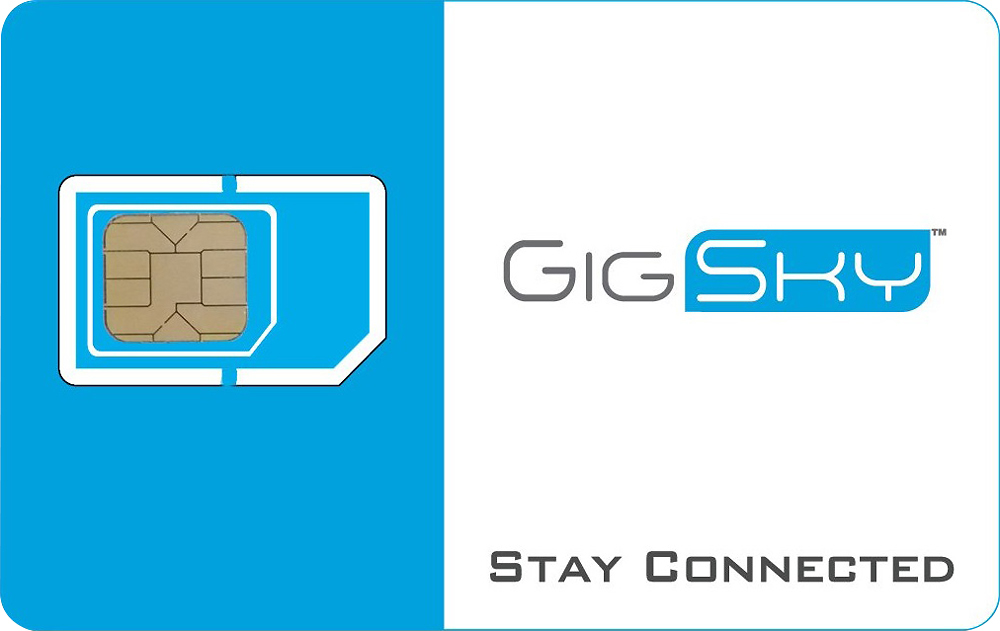For wanderlust travelers and nomadic trippers, having a technological approach to travel makes things easier for them. From checking food availability and decent accommodation to locating a feasible source of transportation, there is a digital solution for all of them. Such is the level of convenience and flexibility that motivates travelers to make last-minute plans as they can also get their tickets booked and itinerary sorted at the eleventh hour. But what about a mobile data plan? Because that is the fuel that keeps their digital vehicles running, right?
According to the traditional way, there is a two-way approach to this. The first one is to get an international plan activated on your existing SIM via your usual service provider, but that can hit your wallet really hard when you see the bill that includes all the hidden transactional charges levied according to international standards. Secondly, you can buy a local SIM card when you reach the destination, but that means removing your existing SIM (if you have a single SIM phone) and switching between these tiny plastic chips, trying not to lose your original SIM, again, not an ideal solution!

Hence, it’s time to embrace eSIM technology, which is the digital SIM card built on the hardware of the mobile phone and is managed by a set of programs for different carrier profiles. Unlike physical SIM cards, you don’t have to insert or remove them manually, and it is the latest modern approach to staying connected while you are traveling. eSIM stands for Embedded Subscriber Identity Module, and it is a prominent element of travel plans these days because of the array of features and the magnitude of flexibility it provides frequent globetrotters.
Having an eSIM for travel plans can benefit you in so many ways, such as you get the liberty to choose among the variety of data plans, and you can zero down on the one that aligns with your duration of trip and your geographical location. Even if you run out of data midway, you can get an easy top-up recharge anytime, anywhere, without any hassle. You need not visit physical outlets to get your SIM fixed or do weird activities like adjusting those little compartments and slots in your device to accommodate new SIM cards or chips.
There are two types of eSIM plans depending on the destination you are traveling.
- Regional eSIM plans- for people who want coverage in multiple countries, especially those who travel abroad frequently.
- Local eSIM plans– for the ones who want coverage in a particular location in a single country or region, work effectively for those who face severe network congestion.
What are the tips for choosing the best international eSIM plan?
Before you buy eSIM for your international travel plan, keep in mind the following points:
- Ensure to verify that voice calls and text messages are included in your package, as certain providers stick to the former while others offer both. There must be transparency about the amount of data they are provided measured in terms of gigabytes (GB). This limitation defines how much of your browsing activity can be carried out without attracting additional charges.
- Information about the type of network they are providing must be particular, as not all networks are the same.
- There should be 24*7 assistance for customer support from the provider as we might need troubleshooting on the spot while travelling, and this shouldn’t be ignored.
So, stick to the international data plan that is just right for you through this trailblazing innovation of virtual SIM cards and make the most of your vacations while staying connected in the digital realm.